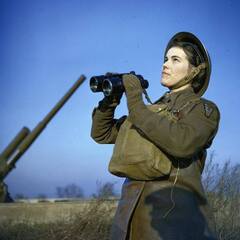Help chooseing youtube camera
I personally would say get the DSLR, it has a larger sensor, and a greater variety of lenses, and is much smaller.
Depending on how you will be shooting, you might not want to spend the whole 1500 on the camera, but instead get a cheaper body, and invest more in audio/lighting or even lenses.
There is something to be said about the contiguousness of a AIO recording package. It makes it easier to take your camera somewhere, and to not worry about having to carry 20 different things around, and forgetting one. Another benefit is that it comes with a (I assume) shotgun mic, which you would have to buy separately with the DSLR. With an optional shoe adapter thing, the Sony will have the ability to record XLR internally (see below), but I'm not sure about the quality of the preamps, but that shouldn't be a problem for anything normal...
Some more info about your current audio/lighting setup, and how you are planning to setup your shooting area, as well as if you are planning on doing more more varied video production/film making would be helpful, and would help you make a better decision for what you will be doing.
Also keep in mind that if you do get the 70D, you will have a stills camera that you can use otherwise, not just as a video camera.
For more reference, check out @ALwin's posts about the pro's and cons of video cameras vs DSLR's here, and his general film making reference/FAQ thing here. Also check out Simon Cade's DSLRGuide channel on YouTube for DSLR film making tips and his videos for $1000 and $2000 camera setups.
I'll write more after I know a bit more, or if I'm feeling like it ![]()


.png.255947720031a641abdac78e663b681c.png)















Create an account or sign in to comment
You need to be a member in order to leave a comment
Create an account
Sign up for a new account in our community. It's easy!
Register a new accountSign in
Already have an account? Sign in here.
Sign In Now